Home>Technology>Home Entertainment Systems>How High Should A Projector Screen Be
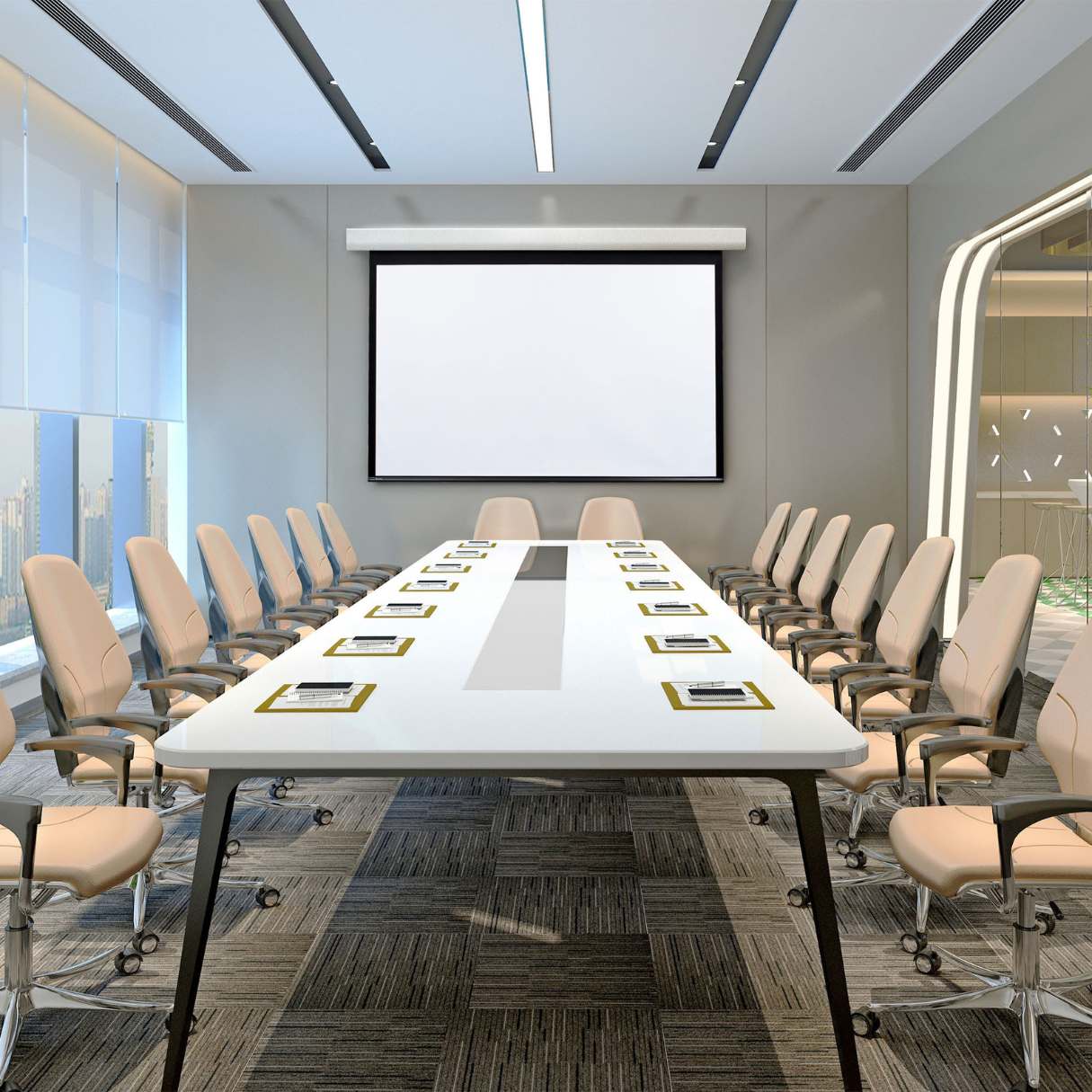

Home Entertainment Systems
How High Should A Projector Screen Be
Modified: January 9, 2024
Find the ideal height for your home entertainment system projector screen. Get expert advice and tips for the perfect setup.
(Many of the links in this article redirect to a specific reviewed product. Your purchase of these products through affiliate links helps to generate commission for Storables.com, at no extra cost. Learn more)
Introduction
Introduction
Are you ready to transform your living space into a captivating home theater experience? One of the key components to consider when setting up a home entertainment system is the placement of the projector screen. The height at which the screen is installed can significantly impact the viewing experience, making it essential to carefully determine the optimal positioning. In this comprehensive guide, we will delve into the various factors to consider when determining the ideal height for your projector screen, ensuring that you can make the most of your home theater setup. Let's explore the crucial aspects that contribute to achieving the perfect projector screen height for an immersive and enjoyable viewing experience.
Key Takeaways:
- Determine the ideal projector screen height by considering room layout, screen size, seating arrangement, and aspect ratio for a comfortable and immersive viewing experience in your home theater.
- Explore installation options such as ceiling mount, wall mount, motorized screens, and adjustable brackets to find the best method for positioning your projector screen at the optimal height, enhancing the overall viewing experience.
Factors to Consider
When determining the optimal height for your projector screen, several factors come into play to ensure an exceptional viewing experience. Consider the following:
- Room Layout: The layout of your room, including the distance from the seating area to the screen and the ceiling height, can influence the ideal screen placement. Additionally, the presence of windows and ambient lighting should be taken into account to minimize glare and ensure optimal image quality.
- Screen Size: The size of the projector screen is a crucial factor in determining the ideal height. Larger screens may require a higher placement to ensure comfortable viewing angles, while smaller screens can be positioned lower for an immersive experience.
- Seating Arrangement: The seating arrangement in your home theater space plays a significant role in determining the screen height. Ensuring that the screen is visible from all seating positions is essential for an inclusive viewing experience.
- Aspect Ratio: Consider the aspect ratio of the screen, as this can impact the placement to achieve the best visual proportions and minimize distortion.
- Screen Type: Different types of projector screens, such as fixed-frame, motorized, or retractable screens, may have specific installation requirements that influence the optimal height.
By carefully considering these factors, you can make informed decisions when determining the ideal height for your projector screen, ultimately enhancing the overall viewing experience in your home theater.
Screen Height Calculation
Calculating the ideal height for your projector screen involves a straightforward process that takes into account the viewer’s line of sight and the screen’s aspect ratio. To achieve an immersive and comfortable viewing experience, follow these steps:
- Eye Level Placement: Start by determining the average eye level of viewers when seated in the home theater space. This typically ranges from 36 to 42 inches for a comfortable seated position.
- Aspect Ratio Consideration: Consider the aspect ratio of the screen, whether it’s standard (4:3) or widescreen (16:9 or 2.35:1). The aspect ratio impacts the vertical positioning of the screen to ensure that the content is displayed without distortion.
- Screen Height Calculation: For a standard 16:9 aspect ratio screen, a simple calculation can be used to determine the optimal screen height. Multiply the screen width by 0.5625 to obtain the recommended screen height. For example, a 100-inch wide screen would require a height of 56.25 inches for ideal placement.
By following these calculations and considering the aspect ratio, you can ensure that the projector screen is positioned at an optimal height to provide an engaging and visually pleasing viewing experience for all audience members.
Viewing Angle Considerations
Creating an immersive viewing experience in your home theater involves optimizing the viewing angles for all audience members. The placement of the projector screen plays a crucial role in achieving comfortable and visually engaging viewing angles. Consider the following factors when evaluating the viewing angles:
- Vertical Viewing Angle: The vertical placement of the screen impacts the viewer’s comfort and the overall viewing experience. Ensuring that the screen is positioned at an appropriate height relative to the seating area helps prevent neck strain and provides an unobstructed view of the content.
- Optimal Seating Position: The placement of the screen should cater to the primary seating area, allowing viewers to comfortably focus on the content without having to adjust their line of sight excessively.
- Screen Tilt and Elevation: Depending on the room’s layout and seating arrangement, consider whether the screen may benefit from a slight tilt or elevation to enhance the viewing angles and visibility from various seating positions.
By carefully considering these viewing angle considerations, you can ensure that the projector screen is positioned at an optimal height to provide an engaging and visually pleasing viewing experience for all audience members.
The bottom of the projector screen should be at least 24 inches above the floor to ensure a clear view for everyone in the audience. Adjust the height based on seating arrangement and screen size.
Read more: How To Fix A Projector Screen
Installation Options
When it comes to installing a projector screen, several options are available to accommodate various room layouts and preferences. Consider the following installation options to determine the best approach for your home theater setup:
- Ceiling Mount: Ceiling mounting the projector screen is a popular choice, especially in rooms with ample ceiling height. This installation method allows for a seamless and unobtrusive placement, providing a clear line of sight for viewers.
- Wall Mount: Wall mounting the projector screen is ideal for spaces where ceiling mounting may not be feasible. This option offers flexibility in screen placement and can be adjusted to achieve the desired viewing height.
- Motorized Screens: Motorized projector screens offer the convenience of automated deployment and retraction, providing a sleek and modern solution for home theaters. These screens can be integrated with smart home systems for effortless control.
- Manual Pull-Down Screens: Manual pull-down screens are a cost-effective and versatile option for home theater setups. These screens can be easily adjusted to the desired height and are suitable for spaces with varying ceiling heights.
- Adjustable Mounting Brackets: Some projector screens come with adjustable mounting brackets, allowing for precise height adjustments to accommodate different seating arrangements and viewing preferences.
By exploring these installation options, you can select the most suitable method for mounting your projector screen at the optimal height, enhancing the overall viewing experience in your home theater.
Conclusion
Choosing the ideal height for your projector screen is a crucial aspect of creating an immersive and enjoyable home theater experience. By considering factors such as room layout, screen size, seating arrangement, aspect ratio, and installation options, you can determine the optimal placement for your projector screen. Calculating the screen height based on the viewer’s line of sight and aspect ratio, and evaluating the viewing angles, ensures that all audience members can enjoy a comfortable and visually engaging experience.
Whether you opt for a ceiling-mounted, wall-mounted, motorized, or manual pull-down screen, the installation method you choose should cater to your room layout and viewing preferences. Additionally, considering the impact of ambient lighting and glare on the screen’s placement can further enhance the overall viewing experience.
Ultimately, the goal is to position the projector screen at a height that allows for unobstructed viewing, comfortable angles, and an immersive cinematic experience for all viewers. By carefully assessing the factors and installation options discussed in this guide, you can confidently determine the perfect height for your projector screen, bringing your home theater vision to life.
Embracing the art of projector screen placement elevates the ambiance of your home theater, setting the stage for unforgettable movie nights, immersive gaming sessions, and captivating visual presentations. With the right screen height and a thoughtfully designed home entertainment system, you can create a space where every seat offers a front-row experience, leaving a lasting impression on all who partake in the cinematic journey.
Frequently Asked Questions about How High Should A Projector Screen Be
Was this page helpful?
At Storables.com, we guarantee accurate and reliable information. Our content, validated by Expert Board Contributors, is crafted following stringent Editorial Policies. We're committed to providing you with well-researched, expert-backed insights for all your informational needs.
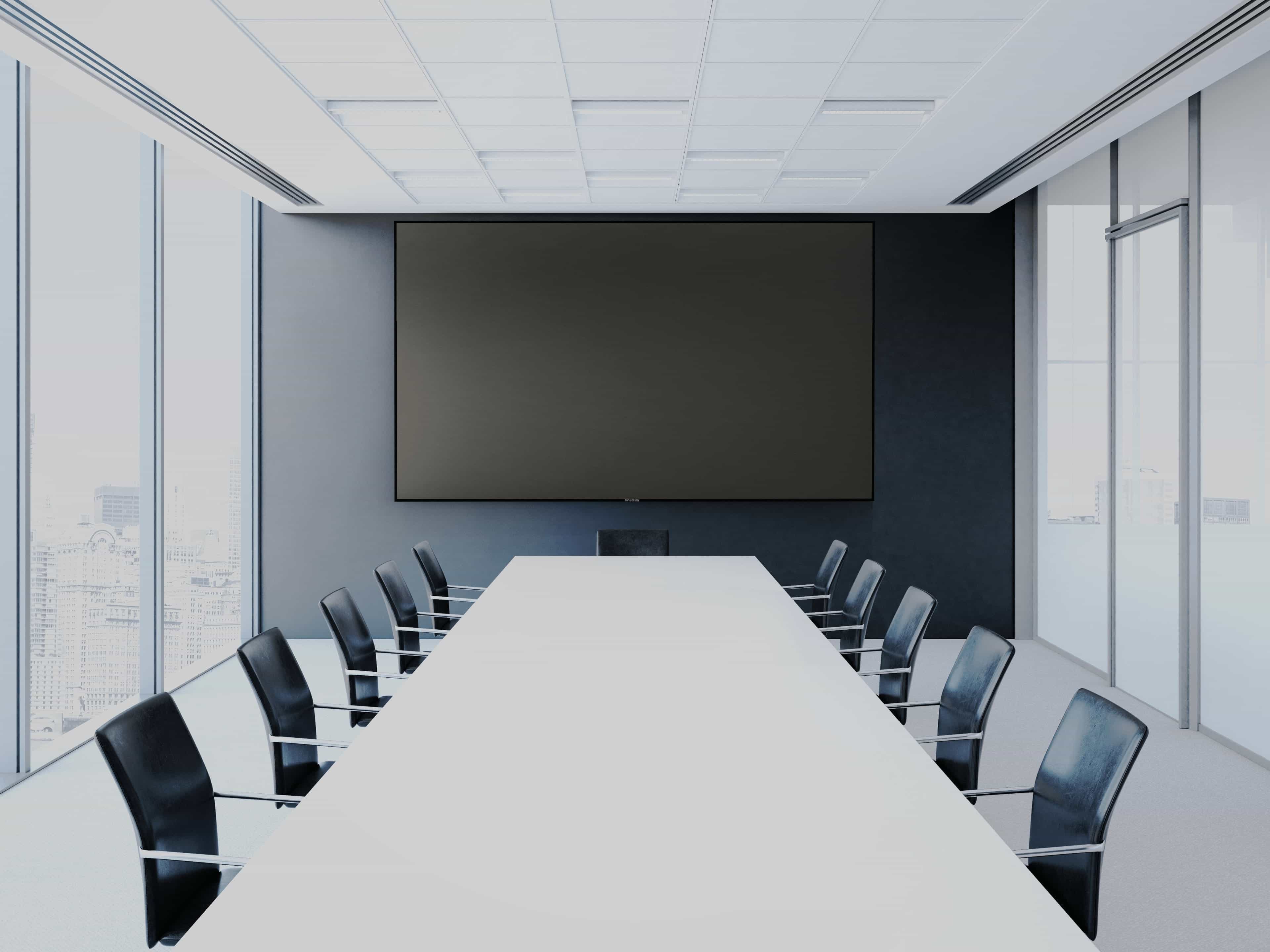
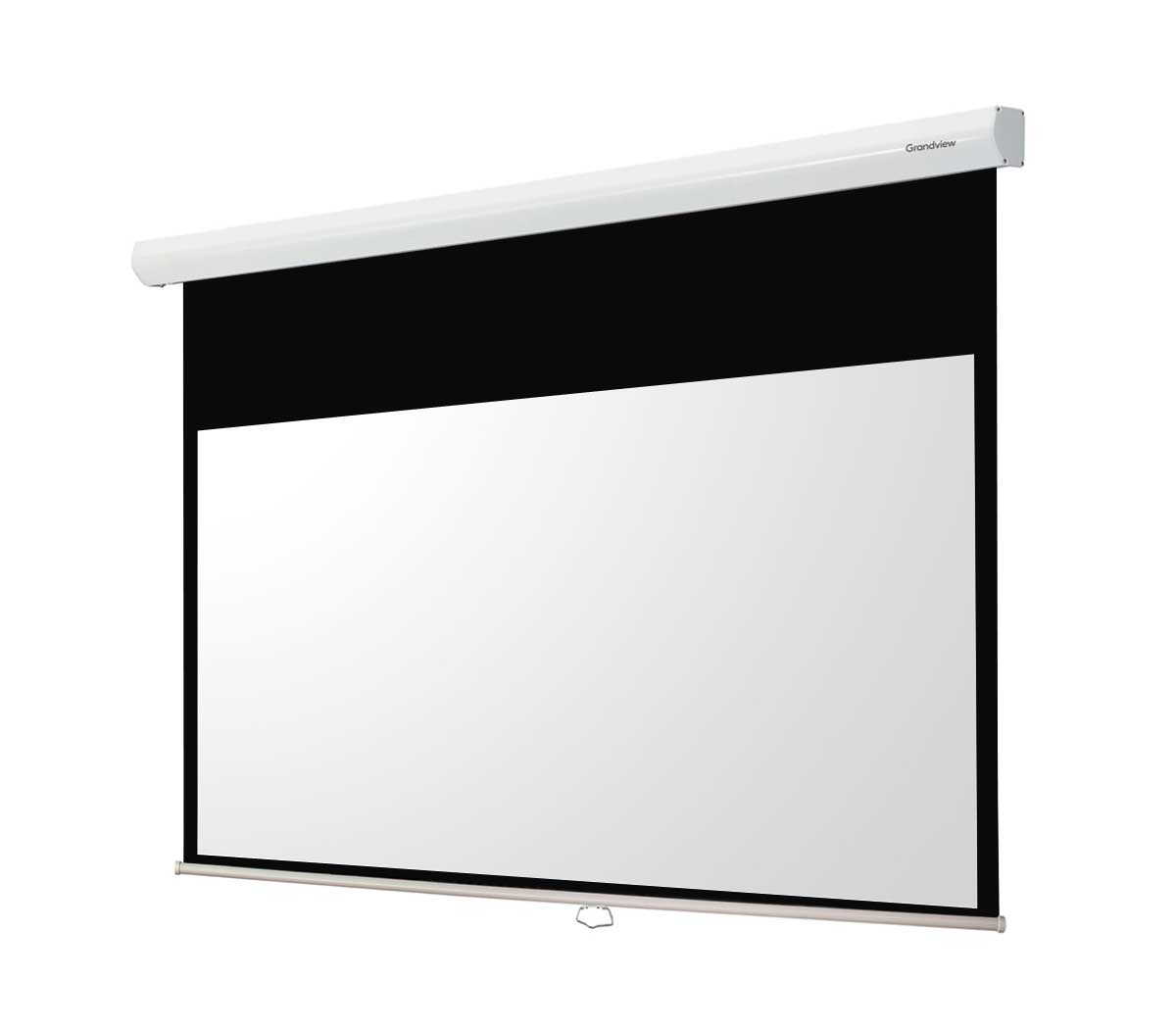
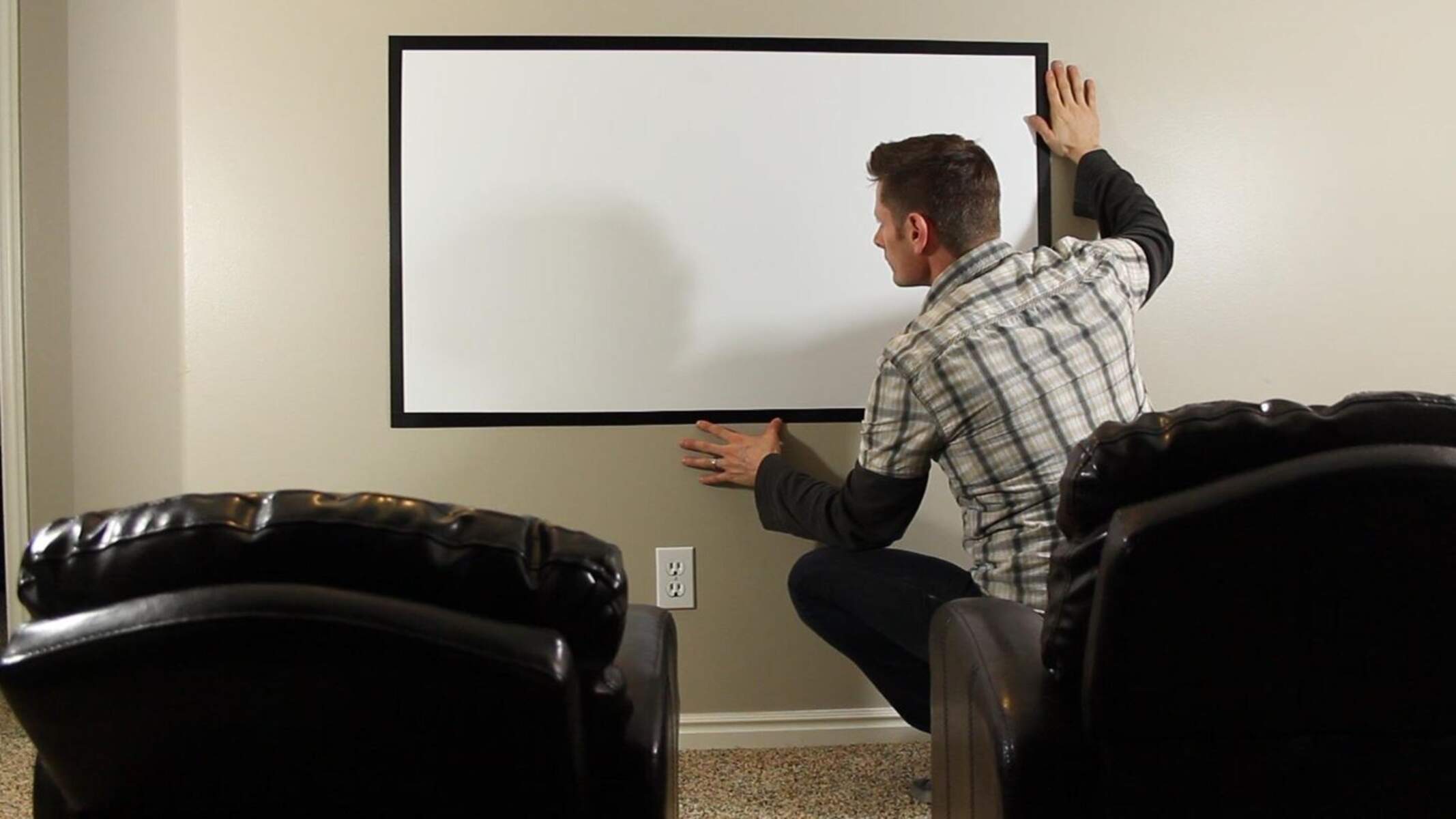
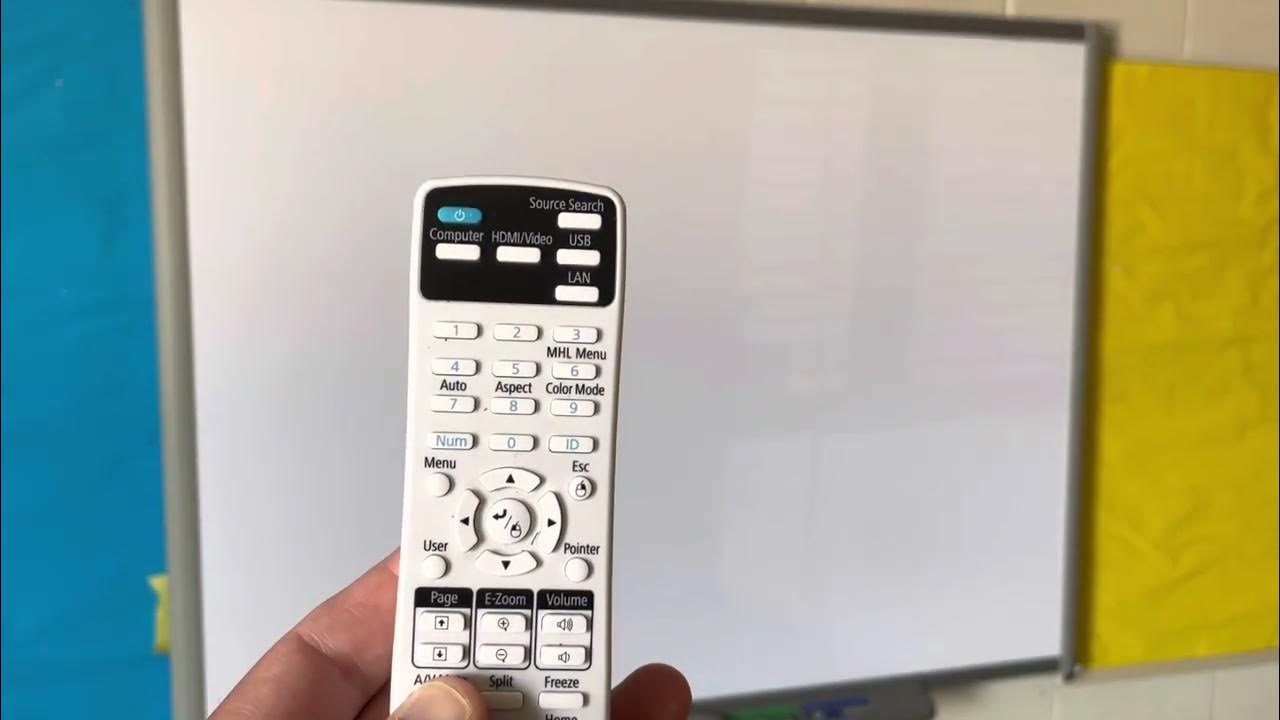
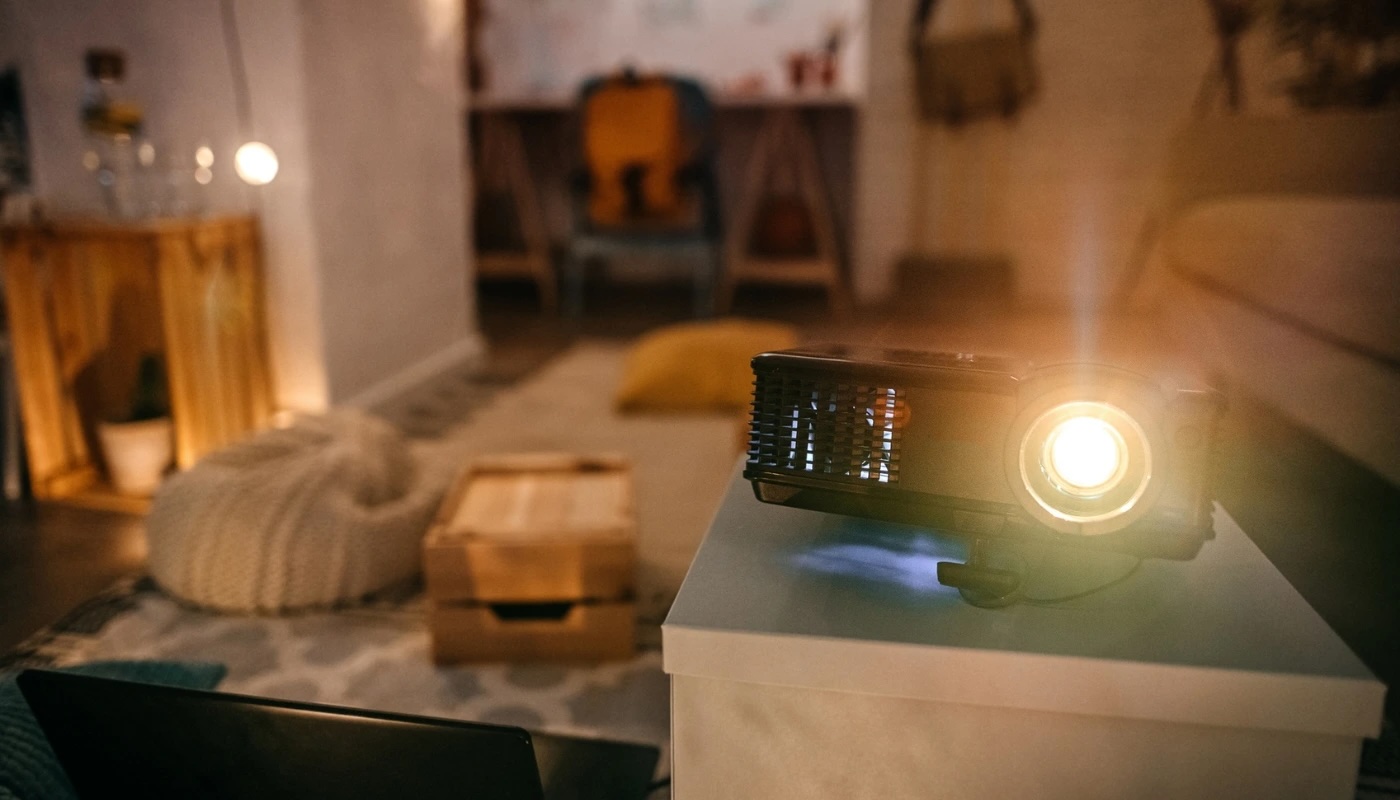
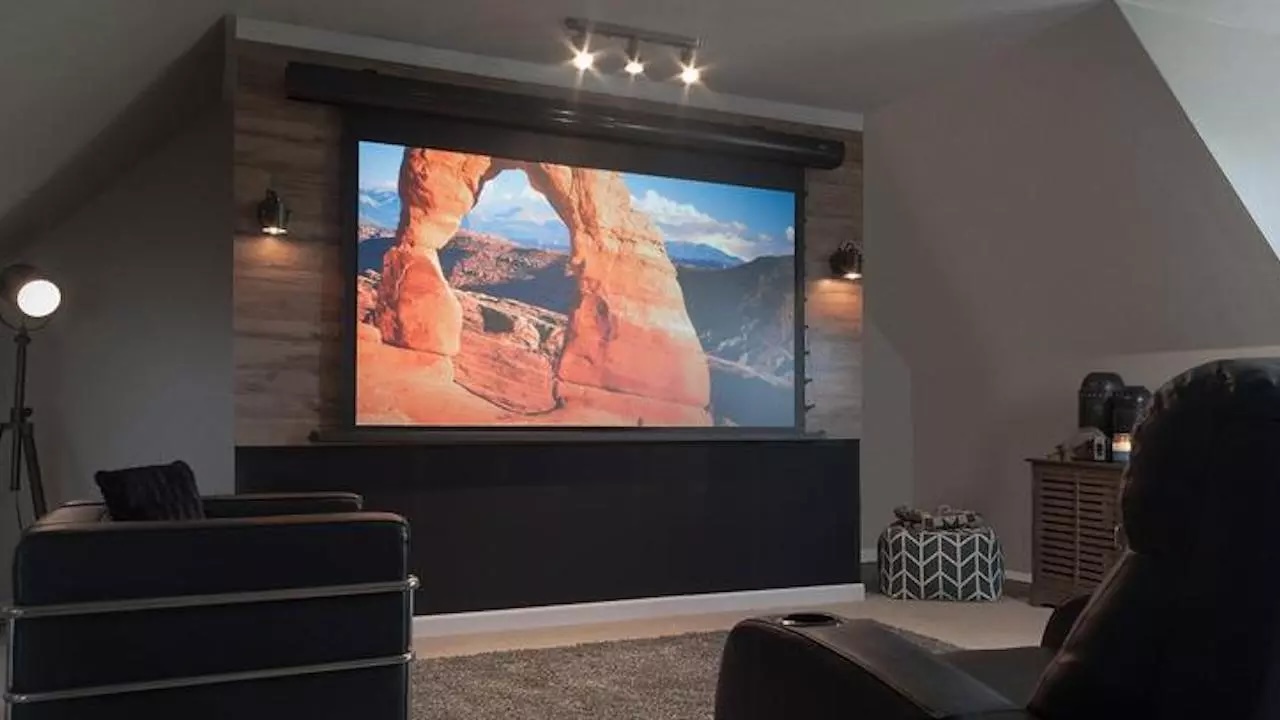
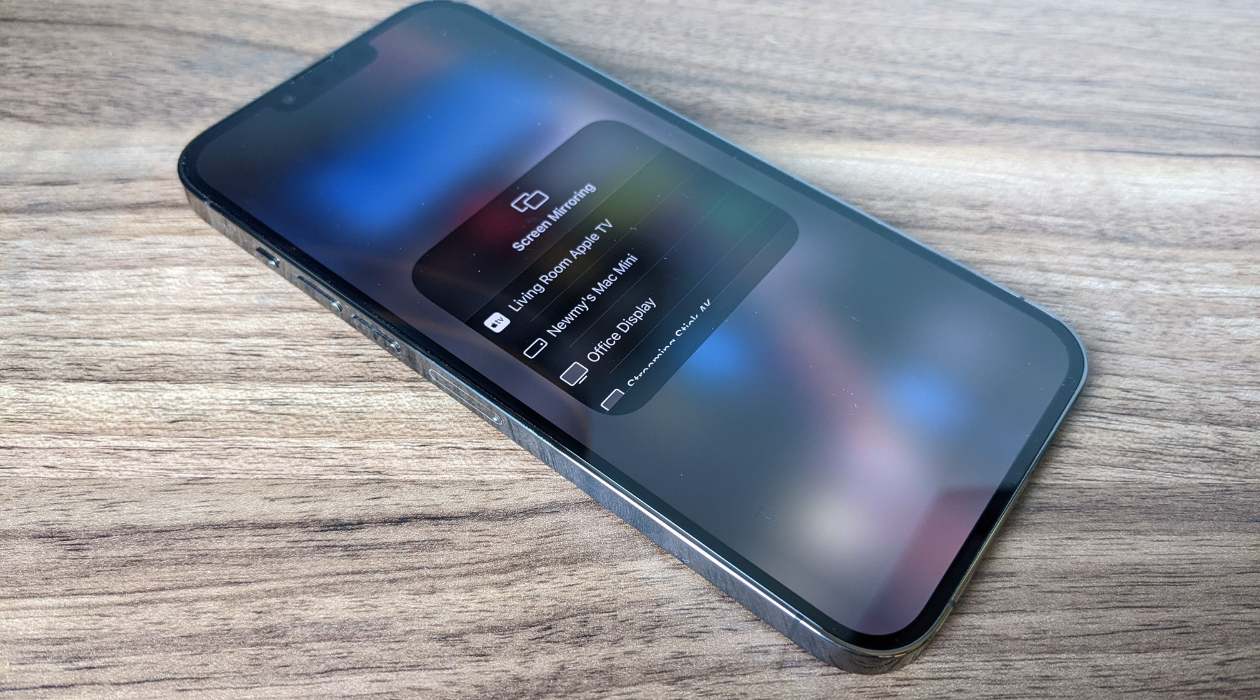
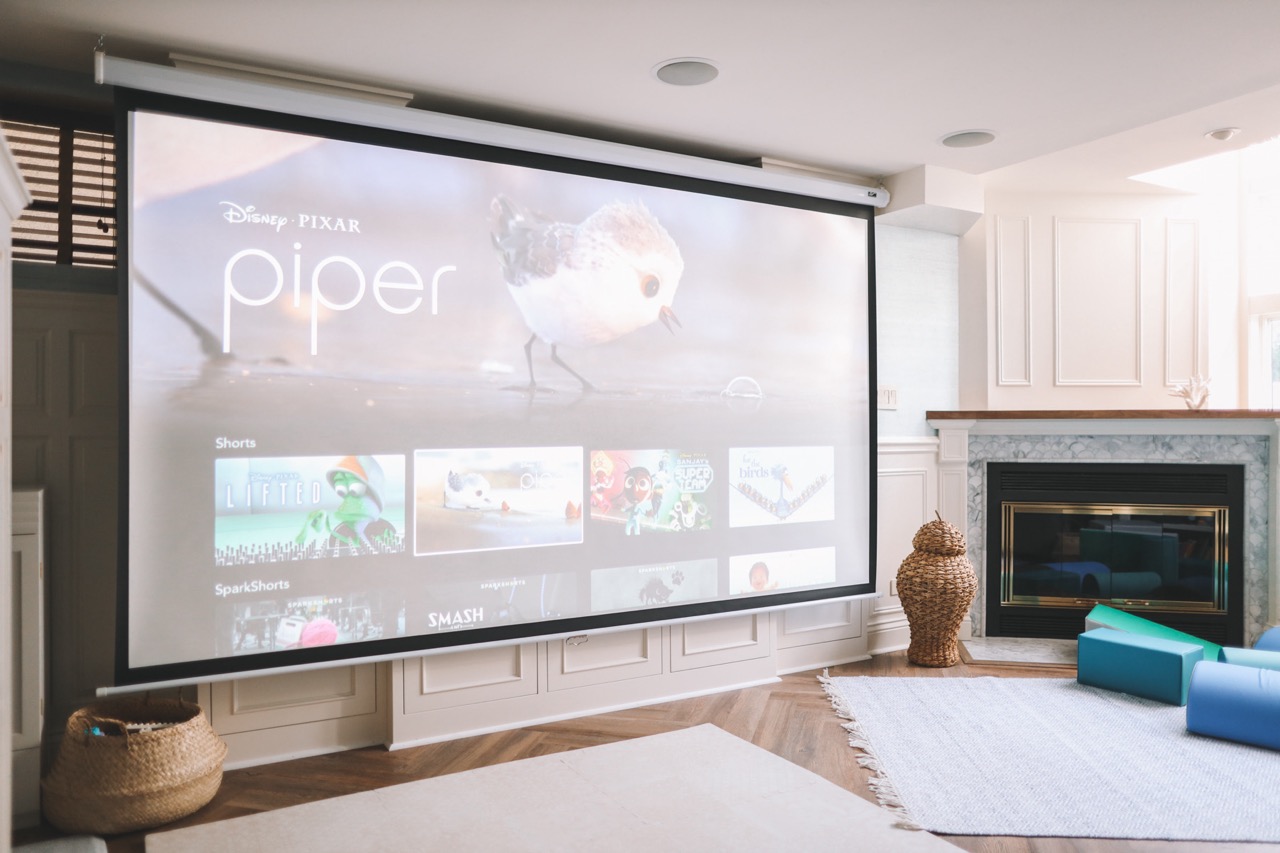
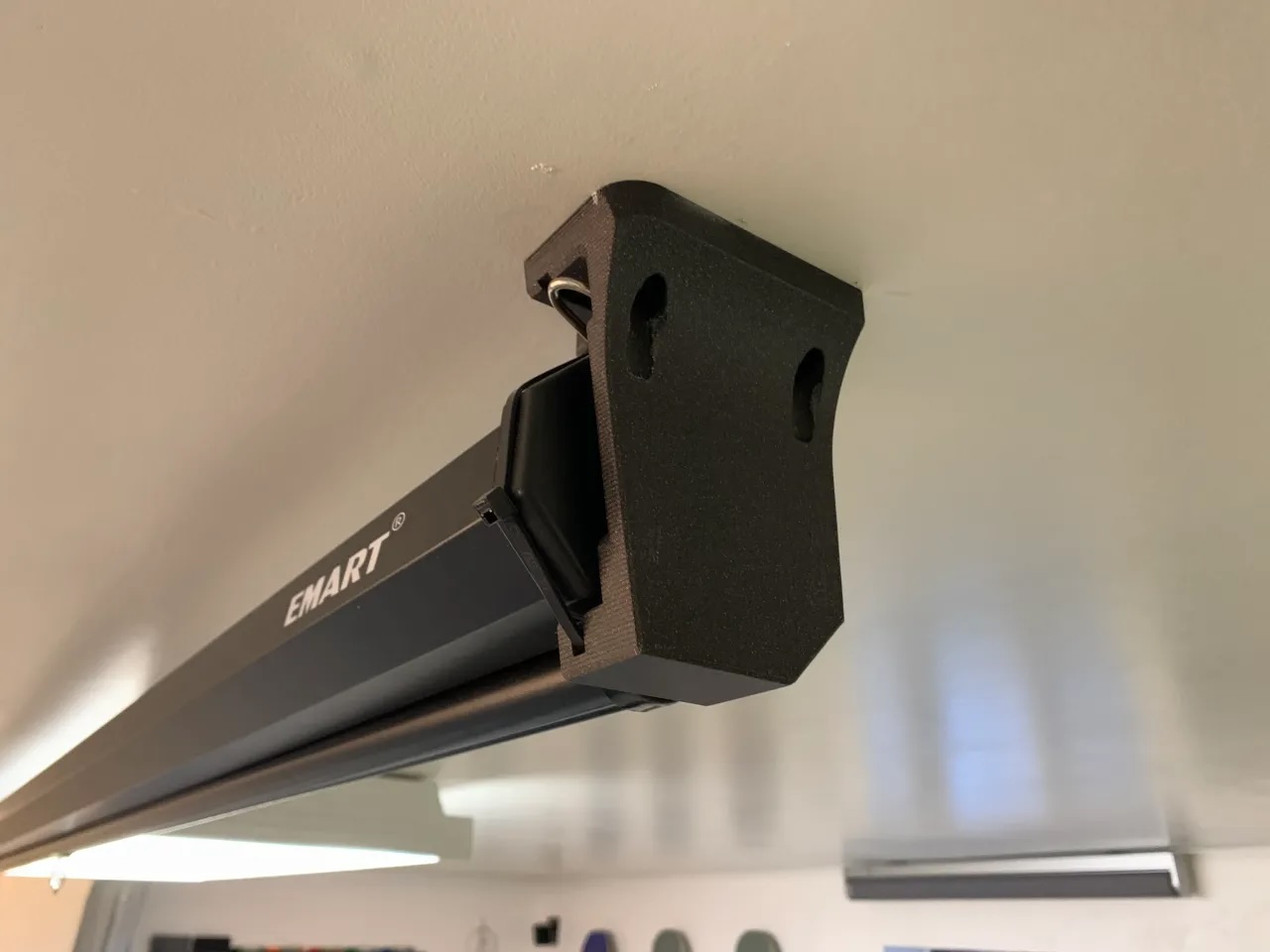

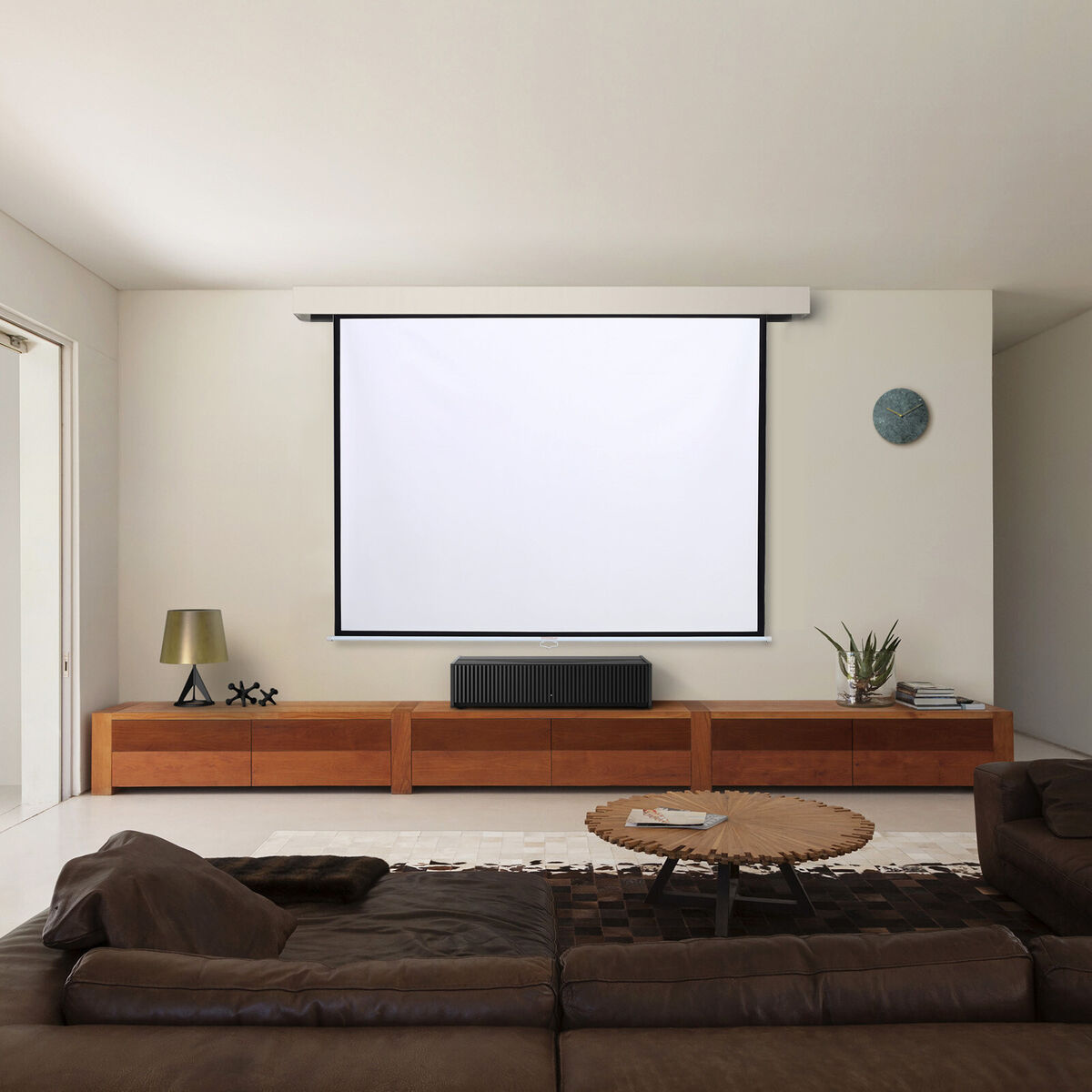
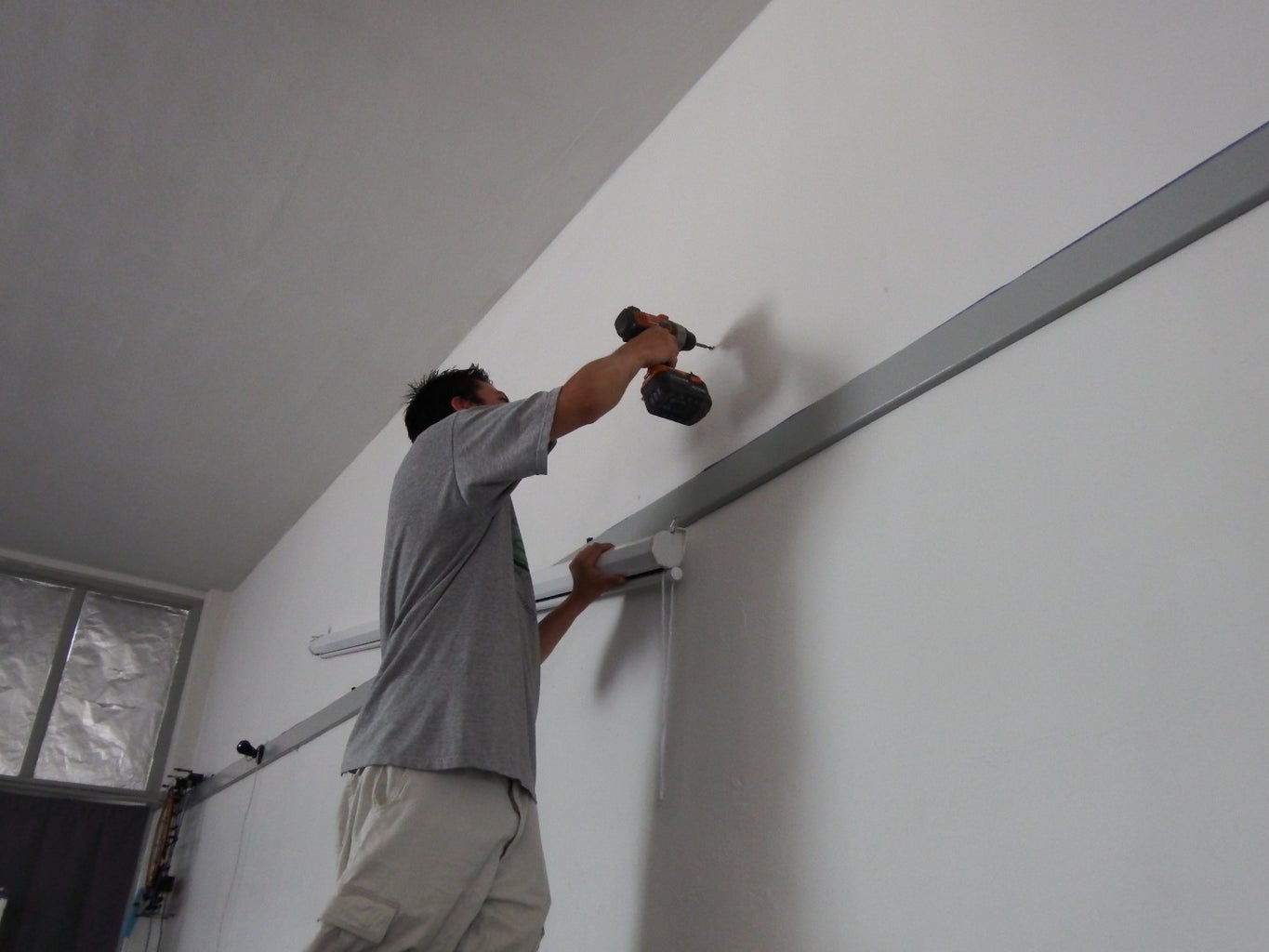
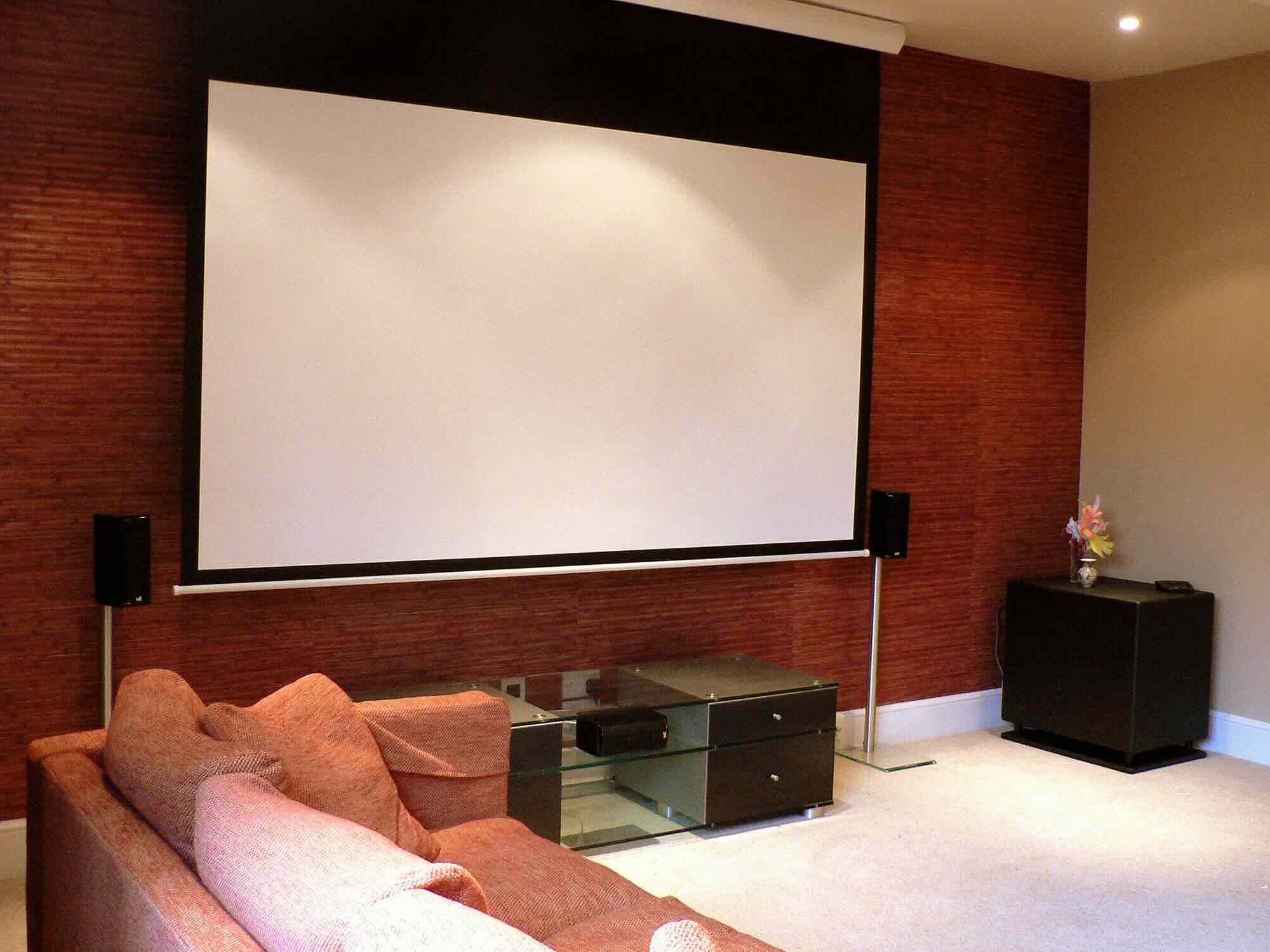
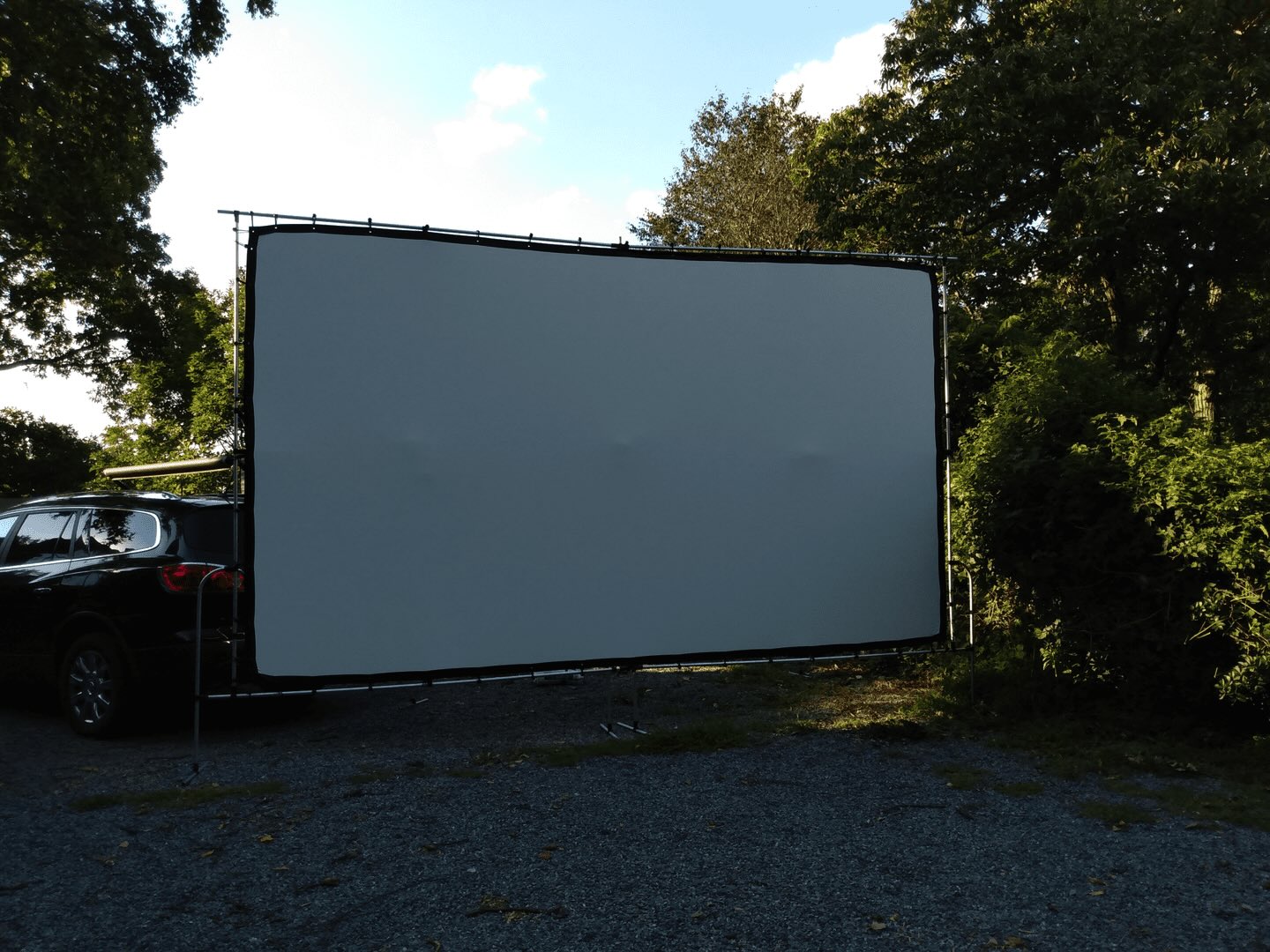

0 thoughts on “How High Should A Projector Screen Be”